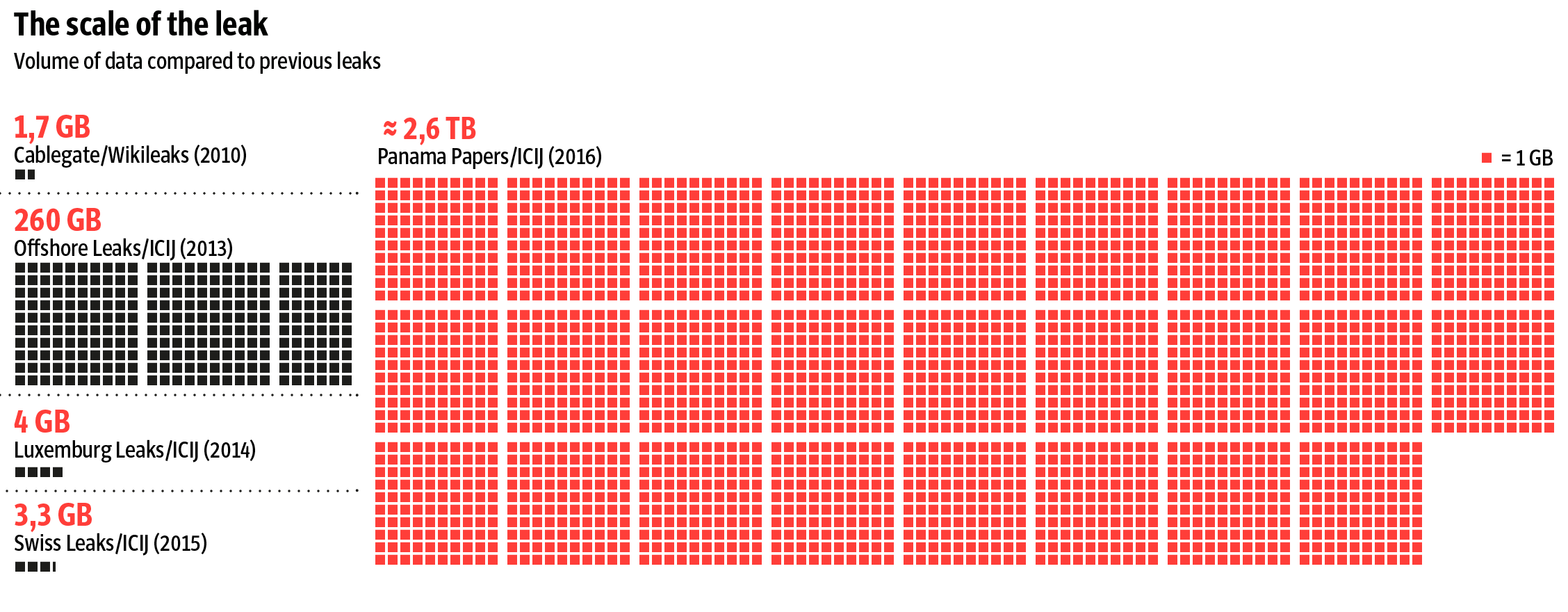

Political cartoon by Thomas Nast, depicting William 'Boss' Tweed with a money bag for a head entitled, 'The brains that achieved the Tammany victory at the Rochester Democratic Convention,' circa 1871. “Grant is not a corrupt man as far as I can tell,” White says, “but he combines an incredible lack of attention to detail-astonishing given his army record-and a blind loyalty to friends.” In an attempt to corner the gold market, Wall Street financier and railroad magnate Jay Gould bribed Abel Rathbone Corbin, who had married Grant’s sister, to use his influence to steer the president toward policies that would favor the robber baron’s plan. The Whiskey Ring scandal in which federal agents and whiskey distillers underreported sales to cheat the government out of excise tax revenue and pocket the cash ensnared Grant’s personal secretary, Orville Babcock. Grant’s first vice president, but his second one as well.

Swept up in the Crédit Mobilier scandal was not just Ulysses S. To avert any investigation and ensure votes to benefit the company, railroad officials bribed approximately one dozen influential congressmen with Crédit Mobilier shares at below-market prices. In the most notorious instance of corruption connected to the railroads, Union Pacific Railroad executives formed a sham construction company, Crédit Mobilier, that submitted bills for nearly double the construction cost of the eastern portion of the Transcontinental Railroad and pocketed the overcharges. The Central Pacific Railroad, for example, spent $500,000 annually in thinly disguised bribes between 18. “Railroads need monopoly franchises and subsidies, and to get them, they are more than willing to bribe public officials,” White says. The federal government helped finance these huge infrastructure projects by granting more than 150 million acres of land to railroad companies, which sold them to raise revenue. Railroads propelled the expansion of the American economy as tracks expanded nearly fourfold between 18. Railroads Were at the Forefront of Political Corruption “It is a government by the corporations, of the corporations and for the corporations.” Politicians took spectacularly handsome bribes from corporations and demanded kickbacks as the helping hand they extended often came with an open palm. “This is a government of the people, by the people and for the people no longer,” former president Rutherford B.

Richard White, professor emeritus of history at Stanford University and author of The Republic for Which It Stands: The United States During Reconstruction and the Gilded Age, 1865-1896, says the Gilded Age was among the most corrupt eras in American history primarily because of “the rise of corporations and the growth of modern means of communication that intensified the way corruption can work.” By 1890, the country’s 4,000 millionaires held 20 percent of the country’s wealth, and with that enormous affluence came colossal political corruption.Ĭorporate titans could buy anything they wanted-including politicians. As the United States grew into the world’s leading industrial power during the late 19th century, those atop the economic ladder in America’s Gilded Age accumulated spectacular fortunes.


 0 kommentar(er)
0 kommentar(er)
